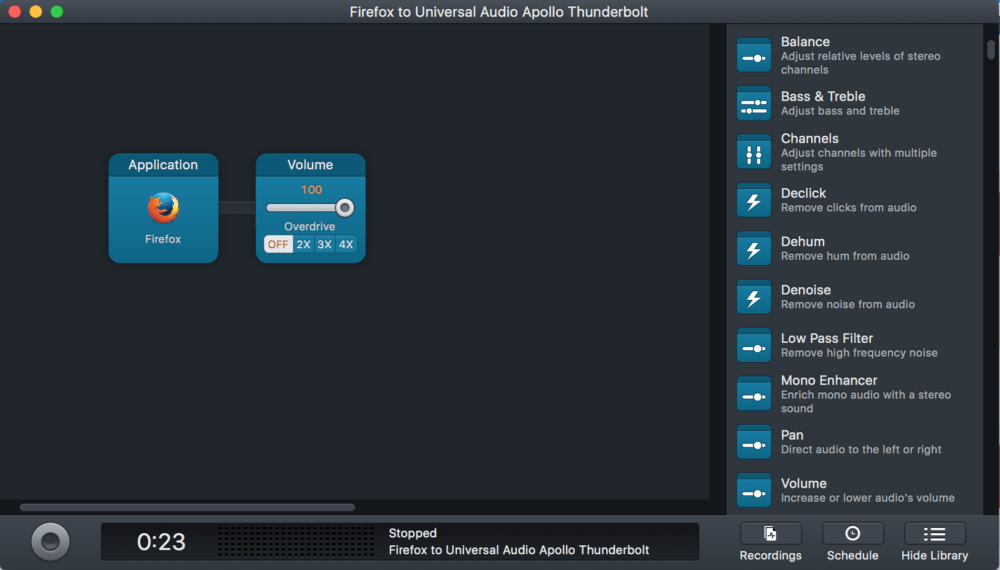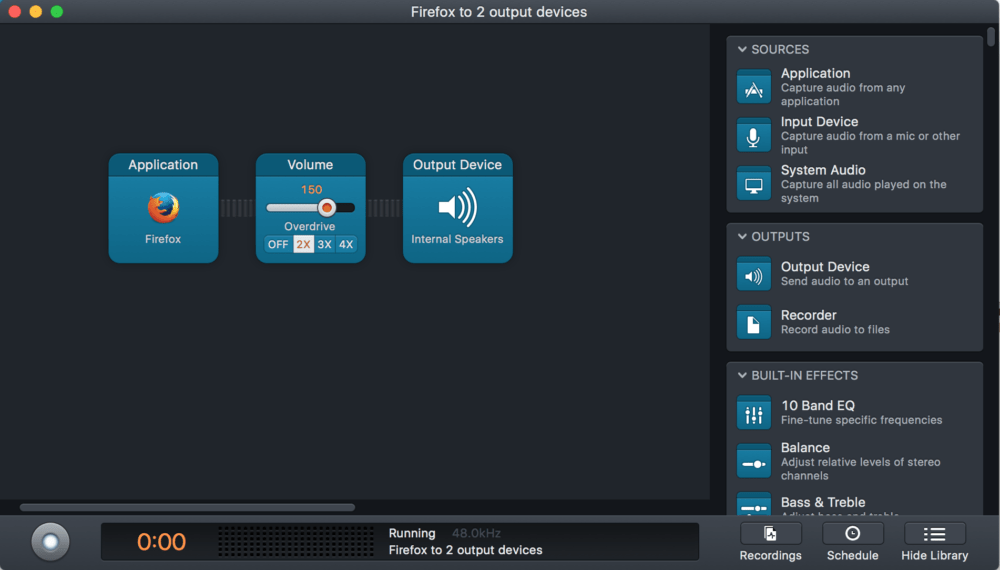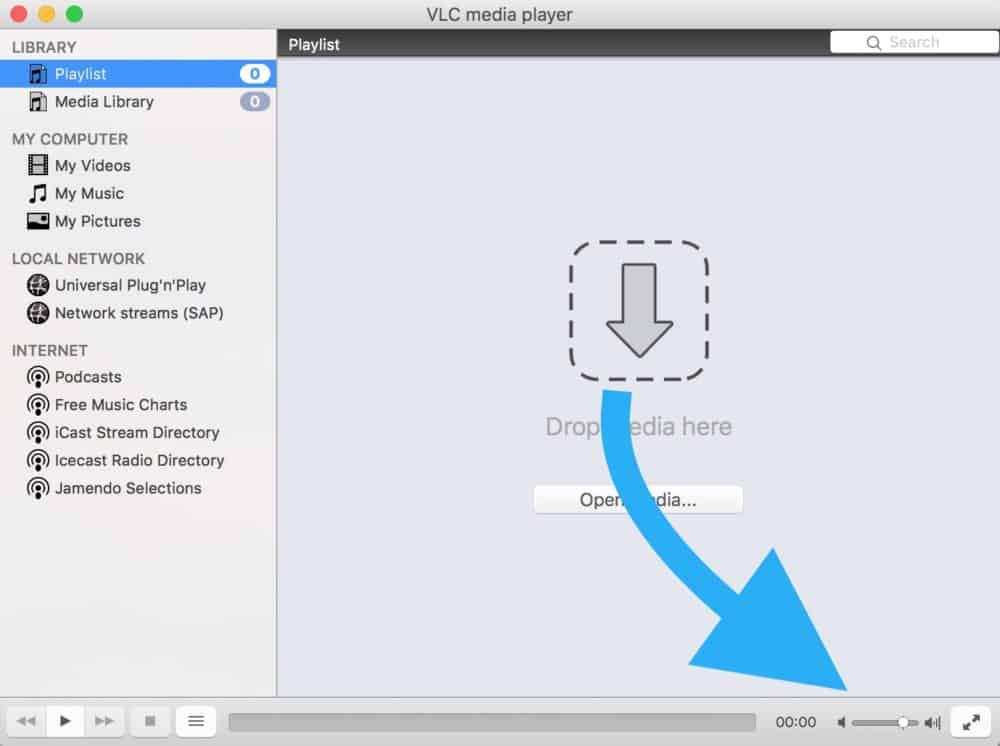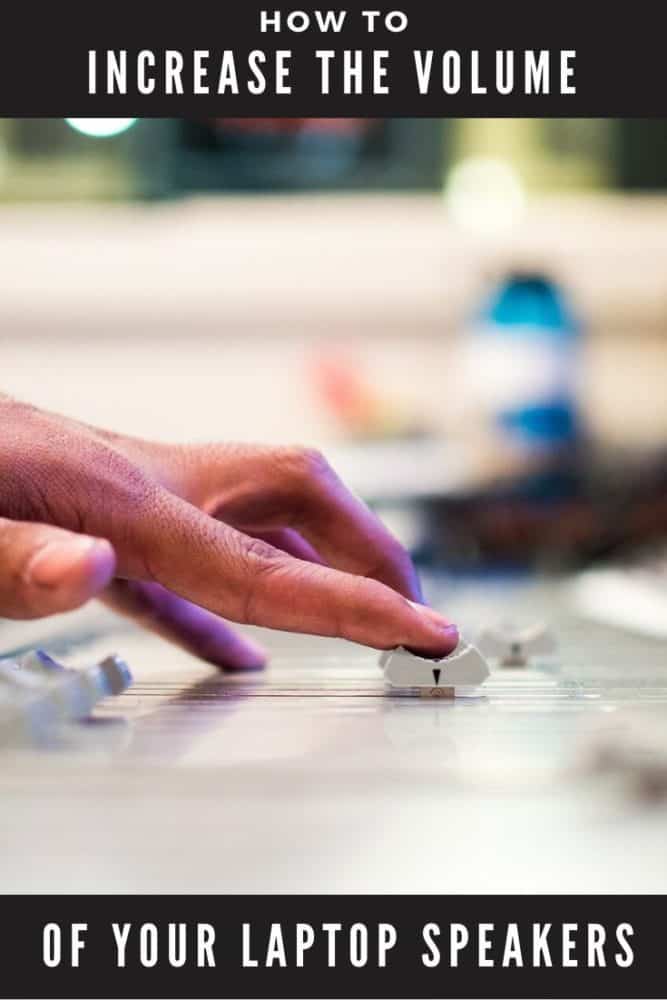How To Increase Volume On Laptop Windows 10
I got up at the scissure of dawn to hike up a volcano in Mexico, then binged on dandy local nutrient and drink all afternoon. Finally globe-trotting dorsum to my hotel late in the evening, information technology'south time to call it a night.
Impulsively, I reach for my laptop. What better mode to relax after a long twenty-four hours than to watch a good documentary? Sadly, the sounds of the urban center haven't however faded, and it'southward not long before I realize I tin can't hear half of the motion picture over the roosters and "Banda" music clarion in the streets.
Whether it's noisy neighbors, nearby traffic, or that pesky rooster that seems to be post-obit you around Latin America, it tin be hard to hear what's coming out of your laptop speakers. If you're like me and have found yourself wishing the sound was but a trivial louder, this article is for you.
Accept heed, Mac and PC people. I'chiliad going to walk y'all through how to creepo your speakers up beyond their normal limitations. Or, if you're a Nigel Tufnel fan, turn them up to 11.
- 1. Mac
- two. Windows
- 2.ane. The Built-in Windows Solution
- 2.two. PC Alternative #i
- 2.3. PC Culling #2
- 3. Bonus Tip for Mac and PC Users
Mac
Existence a full-time Mac user, I commencement discovered how to dilate my speakers with a program called Audio Hijack, from Rogue Amoeba. This software lets both audio professionals and hobbyists perform all kinds of useful tricks, such as recording Skype calls for podcast interviews and capturing the sound from a webinar.
The sheer power and simplicity of the interface is impressive. Follow the steps below just once, and you'll be prepare to crank your speakers upwards to 4x their normal maximum volume* each fourth dimension you open the plan.
- Open Sound Hijack
- Click and drag the Applications block into the main window
- Select the Application you lot'd like to brand louder from the drop-down bill of fare
- Repeat footstep 2 with the "Book" module (under "Born Effects".) Your main window should now wait like this:

- Click and drag the "Output" module into the master window.
- Set up your output device to "Internal Speakers."
- Click the button in the lower-left corner of the programme to run your audio through Audio Hijack.
- Adjust the audio level to your hearts content using the Volume module. A good starting point is to select the "2X" push under "Overdrive" and move the volume slider upward. If this isn't plenty, experiment with the "3X" and "4X" overdrive.
This is what your concluding settings should wait like:

Audio Hijack is available on Rogue Amoeba's website for $65. There's also a free, limited version yous can effort to make sure it works for yous.
Annotation that if yous don't need any of the other features that Audio Hijack provides, it's worth checking out SoundSource instead. Developed past the same company, it provides all the same audio-boosting goodness every bit Audio Hijack at around one-half the toll.
*The tech that makes this possible is interesting, only without getting into the basics and bolts of it, this app won't damage your speakers. However, I recommend against blasting your Slayer collection at 4X for an 60 minutes, just to play it prophylactic. Stick with movies and YouTube.
Windows
To my dismay, I discovered some Windows users might actually take an easier fix for this trouble. So I researched some more, and realized that it's a little more complicated depending on what type of sound bill of fare you take. That sounds more like the Microsoft I know.
Don't worry, there is a solution for you Windows folks: it'due south simply that yous may have to endeavor more than one of the following approaches.
The Born Windows Solution
- Open up your Command Panel
- Select "Sound" under Hardware and Sound
- Select your speakers, so click Backdrop
- Select the Enhancements tab
- Check Loudness Equalization
- Click Apply
If you made information technology to the end of all six steps without scratching your head, congratulations. You're good to go.
If not, you probably got stuck at step four or five. Some sound cards apparently don't give you this option, or Microsoft thought information technology'd exist too easy if all machines had volume equalization. Either fashion, there'south hope for y'all yet.
PC Alternative #1
- Open your Control Panel
- Select "Sound" under Hardware and Sound
- Select your speakers, then click Properties
- Select the Enhancements tab
- Select Equalizer
- Plow up each EQ band.
- Salve this setting as a preset for easy recall* (Optional)
If yous got stuck hither, information technology was probably on that darn pace number four or five again. Luckily, there's nonetheless i more than option.
PC Alternative #ii
- Download and install this software: https://sourceforge.cyberspace/projects/equalizerapo/. Make notation of the install location. You'll need this later.
- Select your speakers under the Configurator window that will pop-upwards while installing.
- Restart your estimator.
- Go to the location where you installed the software.
- Select the "Config" binder.
- Open the config text document. Delete everything in the file.
- Type the following into the document: Preamp: +10 dB
- Click Relieve.
The changes volition be effective immediately. You tin can edit the config file again if you need to accommodate the book.
Bonus Tip for Mac and PC Users
If you want to lookout a picture show you already accept on your computer and need a fast and complimentary fashion to turn it up, you can download the VLC role player. This lets yous increase the volume of any file compatible with VLC, since the volume slider automatically lets you boost the sound output beyond 100%, with no configuration needed.

And there you accept information technology. If y'all have any problems, let me know in the comments!
Primary paradigm via Free-Photos
![]()

How To Increase Volume On Laptop Windows 10,
Source: https://toomanyadapters.com/increase-volume-laptop-speakers/
Posted by: riveracomman1999.blogspot.com


0 Response to "How To Increase Volume On Laptop Windows 10"
Post a Comment